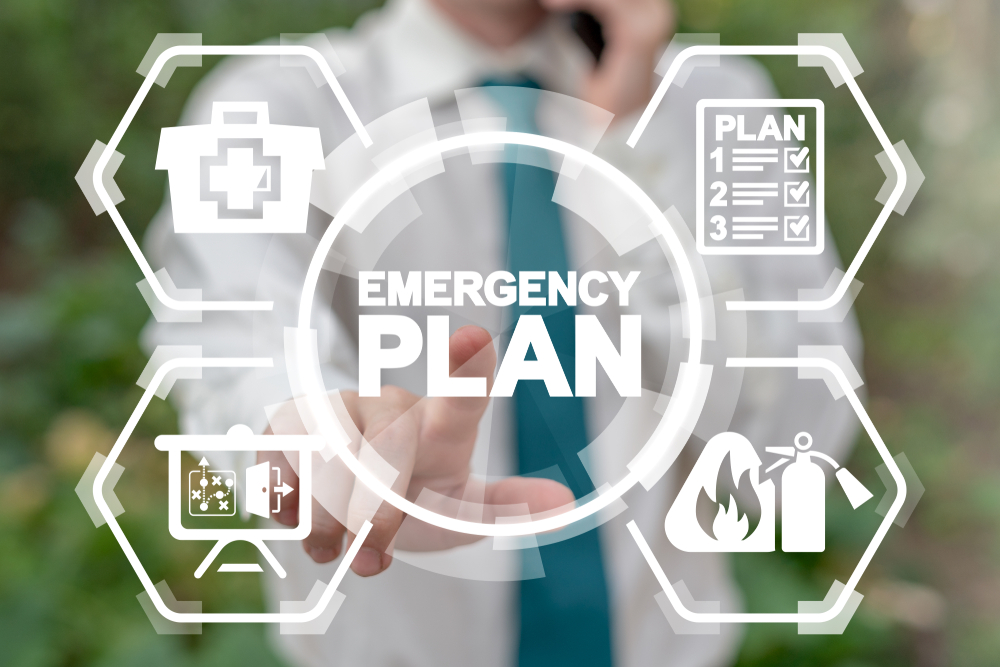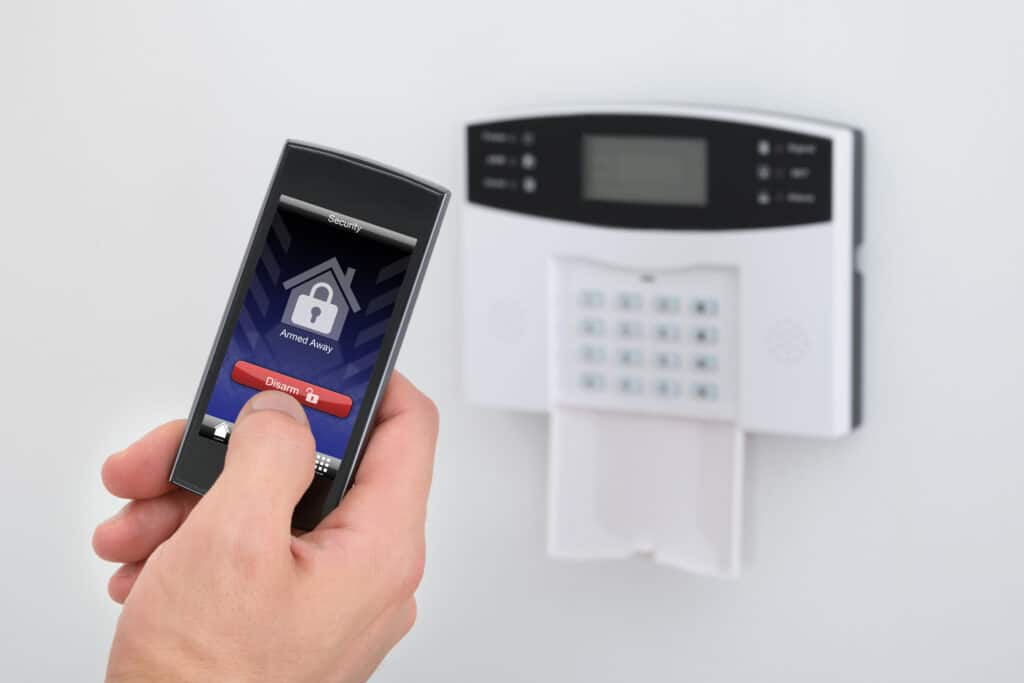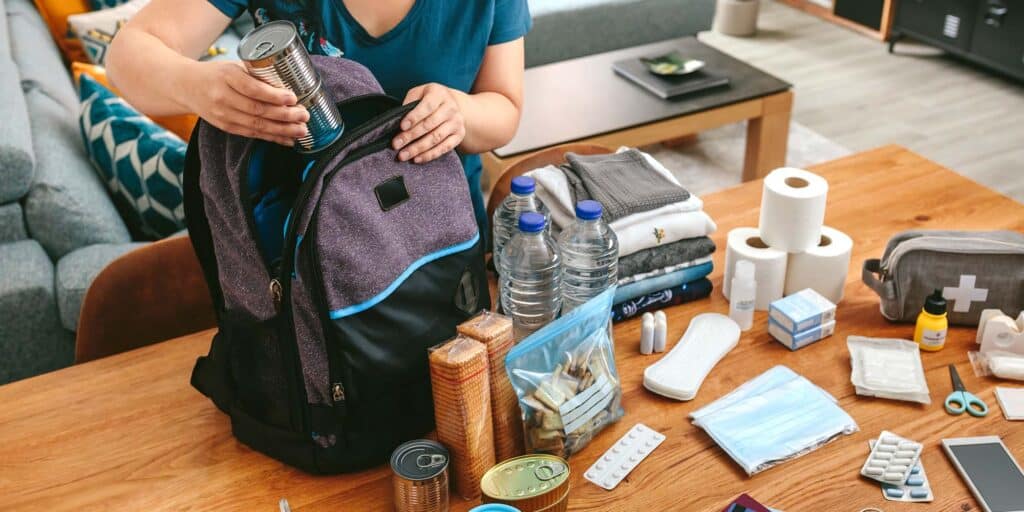
Prepare Your Household With An Emergency Plan
Introduction
Prevention – Actions taken to avoid an incident. Stopping an incident from occurring. Deterrence operations and surveillance.
Mitigation – Refers to measures that prevent an emergency, reduce the chance of an emergency happening, or reduce the damaging effects of unavoidable emergencies.
Preparedness – Activities increase a community’s ability to respond when a disaster occurs.
Response – Actions carried out immediately before, during, and immediately after a hazard impact, which are aimed at saving lives, reducing economic losses, and alleviating suffering.
Recovery – Actions taken to return a community to normal or near-normal conditions, including the restoration of basic services and the repair of physical, social and economic damages.
In the case of an emergency, it is critical to be ready and prepared to protect yourself and your family. The first step is to accomplish this is to create an emergency plan, outlining planned exit strategies and a communication plan.

Develop Your Plan
Having a concrete emergency plan and practicing it will ensure your plan is executed smoothly, possibly saving lives. Moreover, your plan should include separate plans for each emergency. For example, fire, carbon monoxide, flood, natural disasters and home invasions.
Like we said earlier, a solid emergency plan that is practiced will ensure a smooth execution. In the case of an emergency, it is essential to to know your emergency contact information and protocols. Be sure to map out your homes nearest exits and how to evacuate safely. When developing your evacuation plan consider accessibility and living situations. Clearly identify the same meeting location in your plans. The emergency plan should outline a communication plan, so that you can inform the other members of your family. Your plan should be easily accessible, and be sure to keep a copy in your emergency survival kit.
Emergency Contact Information
Included in your emergency contacts should be the numbers and contact information for police, ambulance, doctors, family members and neighbours. These will be the numbers and information you will need to first contact in the case of an emergency. Review and update this information yearly.

Alarm Systems
A plan is a must, but an alarm system is a great addition. An alarm system can help detect emergencies, such as carbon monoxide, fire and home intrusion. Without a doubt, such a device can truly save your life and assist you with alerting emergency services.
Educate and Communicate
All members in your household should be trained on how to shut off the main utilities: electricity, water and gas. Furthermore, they should all be trained how to operate a fire extinguisher, and where to exit the home. To avoid confusion, ensure that the instructions are posted.

Survival Kit
A survival kit could save your life one day. At the very least it should include non-perishable food, bottled water, medications, candles, flashlight, first-aid kit, batteries, radio, phone charger and warm clothing. In addition, it is recommended to have at least three days worth of items. Your survival kit should be stored in an easy to carry travel bag. Lastly, remember to update your kit regularly.
Stayed up to date
In an emergency situation involving the weather or another hazard, stay up to date with the news and weather alerts. Follow the social media accounts of the local police or fire department, and sign up to receive text/email notifications regarding emergency information. Moreover, continuously monitor your phone and other devices for up to date information.
Now that you have been informed about how important an emergency plan is, you should be thinking about how to develop one. Click here for more information on how to develop an emergency plan. If you have any questions regarding an emergency plan or alarm system, feel free to contact our security consultants at Altris Security.

Carbon Monoxide – The Silent Killer
Carbon Monoxide
One of the most important sensors in your home is a reliable carbon monoxide detector. Such a device is paramount to discovering the presence of potentially lethal carbon monoxide.
Is It Harmful?
In a nutshell, a carbon monoxide detector does exactly that, it detects the poisonous gas and gives you a warning. Because carbon monoxide is odourless, it can quickly fill your entire house without detection. It’s effects can make you light-headed, delirious and unable to understand that something is going on. If carbon monoxide is leaking, it is absolutely critical to get fresh air as fast as possible. Every second counts, as it could mean life or death. This is why a reliable carbon monoxide detectors are essential, because the device will notify you that something is wrong, prompting you to exit the home before any lasting harm has been done.
What Releases Carbon Monoxide?
Any device that burns fuel could be a culprit for carbon monoxide. This could include your furnace, stove, dryer, fireplace or chimney. Evidently, that is why it is extremely important to have these items serviced regularly, to prevent gas leaks that could lead to carbon monoxide poisoning.
Where Do I Install The Detectors?
Now that we have driven home that carbon monoxide detectors are essential for every home and why, now you are probably wondering where to put them. This step is fairly simple. The detectors should be placed less than five feet from the ground, avoiding fans and vents. Furthermore, it is important that the detectors be located on every floor of the house, in sleeping areas, in common areas and to have all the devices integrated. So that whichever detector detects the substance, the alarm sounds on all of them. This will ensure that no matter where you are in the home, you will be alerted and able to evacuate immediately.
What Do The Beeps Mean?
The next step is to understand what the beeps mean. Four beeps and a pause means that it has detected carbon monoxide in the air. If you hear this, you should be seeking fresh air immediately while dialling 9-1-1. However, if the detectors beep is every minute, then this is indicating that it has a low battery. The battery should be replaced as soon as possible. Lastly, if the device beeps 5 beeps every minute, it is indicating that it is at the end of it’s life. So you will need to replace it with a new carbon monoxide detector.
